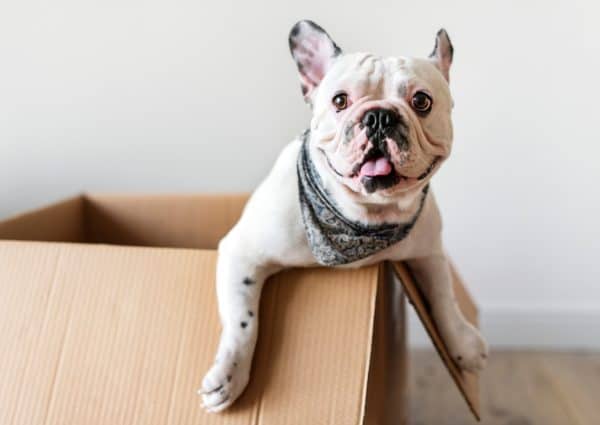There are many risks to relocating and travelling with your pets by plane like flight delays, cancellations, pet travel embargoes, health, and more. To help make your relocation with your special furry friend run smoothly Your North Life has created a guide that will help you minimize risk for your pet and create havoc with your travel plans.
Avoid Holidays
During the holiday’s airlines always overbook posing a risk of flights becoming too full to bring your pet onboard with you. It’s also not uncommon for airlines to limit the number of pets and bump them to cargo space, which poses a whole other set of risks. Depending on where you are travelling to and from your pet could need a customs clearance or quarantine reservations that need to be completed by the government. Due to government offices being closed on holidays, this could cause your paperwork to not be endorsed in time and your pet not be able to be released.
Weather Embargoes
When temperatures fall below 45 degrees Fahrenheit, airlines don’t accept pets due to being exposed to cold temperatures while on the tarmac and in the cargo hold. Some airlines will accept low temperatures acclimation letters from your veterinarian confirming that your pet is safe to travel below 45 degrees Fahrenheit but it’s important to note that not all airlines will accept these letters.
Health
Travelling by plane is risky for pets with pushed-in faces like bulldogs or pugs because their short nasal passages leave them vulnerable to oxygen deprivation and heat stroke. Travelling can also cause your pet anxiety so it’s important to get them used to their carrier prior to travel and provide them with a blanket and something familiar to have with them in their carrier.
Carriers
When you’re planning to travel with your pet it’s important to connect with the airline you’re planning to use to familiarize yourself with their rules for travelling with pets. Some questions to ask your airline are whether the carrier has to be hard or soft-sided, or if they need specific immunizations.
Security
If your pet is going to be travelling with you onboard the plane they will need to go through security. When going through security, ensure that your pet is securely harnessed to avoid them becoming separated from you. If you know that your pet will be anxious in their carrier and being surrounded by many people you can request a special secondary screening.
Cargo Hold
It’s important to consider the risks when putting your pet in the cargo hold. There have been many cases where pets are injured or killed due to rough handling, poor ventilation, and hot or cold temperatures. To minimize risk of injury you can notify the captain and a flight attendant that you’re travelling with your pet in the cargo hold so that they are aware and can take precautions when boarding and unboarding your plane. To reduce the risk of your pet being lost, using direct flights is your best option and ensure that you have a baggage tag connected to their carrier with your contact information.

-The BDAR Team